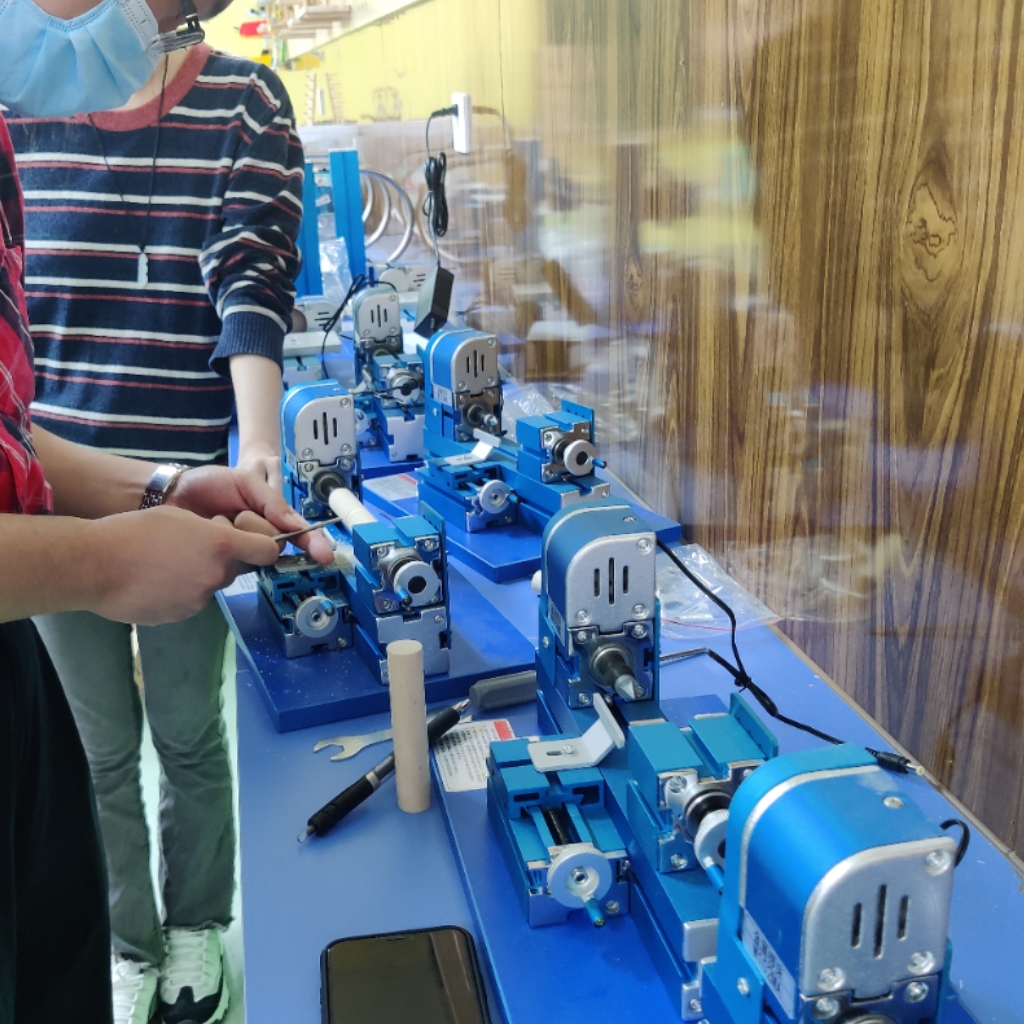Blog
Xendoll has 22 years of experience in the production of small machine tools. We will help you choose the suitable machine and share our experience in CNC machining with you.
 Jun 09, 2025
Jun 09, 2025

 933
933
Every master machinist knows a secret: the battle for precision is won at the tool post. Whether you’re operating an industrial colossus or a nimble Xendoll mini-lathe, improper tool installation guarantees frustration—chatter, dimensional drift, and shattered carbide. This guide dismantles setup myths and replaces them with battlefield-tested techniques, optimized for mechanics, educators, and makers who demand repeatable excellence.

Overlook this = Built-in failure.
Power Protocol: Kill main power + unplug. Engage all axis locks. Never trust "off" switches alone.
Debris Warfare: Blow out tool post dovetails with compressed air. Wipe mating surfaces with acetone. A single 0.1mm shaving tilts holders 0.5°.
Tool Forensics:
Inspect insert seats for burrs (use magnifier)
Verify HSS edges under bright light – micro-chips = scrap
Holder-Lathe Symbiosis: Mismatched QCTP brands cause micro-rock; for mini-lathes, use integrated systems like Xendoll’s QCT-8 Series for zero compliance.
Height is just 1 axis of control.
A. The Spindle Axis Intersect (Non-Negotiables):
Live Center Method:
Rotate spindle by hand until dead center tip faces tool.
Position tool within 1mm of center point.
Adjust height until tips form a continuous horizontal line when viewed perpendicularly.
Gauge Block Supremacy (≤0.02mm Accuracy):
Place a 25mm gauge block on cross slide (calibrated face up).
Lower tool until it drags a 0.03mm feeler gauge under the tip.
Xendoll Pro-Tip: Our titanium-height gauges won’t mar lathe beds.
B. Radial Alignment – The Silent Killer:
Problem: Tool cutting edge not parallel to workpiece axis → uneven wear.
Fix:
Mount dial indicator on spindle.
Sweep tool flank at two heights.
Adjust holder rotation until ≤0.01mm deviation.
Tools don’t cut – they deflect. Control it.
Overhang = Enemy #1:
Max extension: 1.5x tool shank height (e.g., 12mm tool → 18mm max)
Use undercut holders for parting/grooving.
Shim Mathematics:
Need 0.5mm height gain? Stack: 0.3mm + 0.2mm shims > single 0.5mm.
Never use washers – inconsistent thickness.
Validation beats assumption every time.
The Triple Cut Diagnostic:
Facing Cut (Reveals Height Error):
Depth: 0.15mm, Feed: 0.1mm/rev
Pass: Uniform spiral chip, ≤0.1mm center pip.
Fail: Dome/cone → adjust height.
Light Turning Cut (Detects Radial Misalignment):
Cut 10mm length, measure ends with micrometer.
Taper >0.05mm? Recheck tool angle.
Aggressive Cut (Tests Rigidity):
Depth: 2% of workpiece diameter (e.g., 50mm stock → 1mm DOC)
Acceptable: Harmonic hum.
Fail: Chatter = Re-evaluate overhang/workholding.

What manuals don’t tell you:
Temperature Matters: Metal expands. Run spindle 10 min before final height check.
Threading Setup: Tilt tool 29° using compound slide + verify with center gauge.
For Educators: Have students mark tool height with paint pen – shifts reveal loose holders.
True mastery emerges when tool setup transcends checklist into instinct. Each tightened bolt, calibrated shim, and diagnostic cut builds an unspoken dialogue between craftsman and machine. For owners of space-optimized metal lathes, this rigor pays double dividends – limited mass demands flawless fundamentals.
Xendoll Tools engineers solutions born from this philosophy:
→ Patented low-profile tool posts eliminating flex
→ Cryo-treated shim sets resisting compression
→ Digital height gauges with mini-lathe profiles
Transform setup from chore to competitive advantage at xendolltools.com. Your perfect cut awaits – but it starts here, at the tool post, where science meets the artisan’s touch.



 Show all our samples
Show all our samples
 Provide you with a free quote
Provide you with a free quote
 Answer all the questions you may have
Answer all the questions you may have
 Guided installation and other options
Guided installation and other options